Pictorial tribute to dunhuang pioneer
Copies of Chang Shana's works are now on show at her solo exhibition, Everlasting Beauty of Dunhuang, at Beijing's National Art Museum of China. Lin Qi reports.
Chang Shana made her debut as a painter in 1945, at age 14, when she held a joint exhibition with her father, Chang Shuhong (1904-94), hailed as the"patron saint of Dunhuang", in Lanzhou, in northwestern Gansu province.
They were showcasing dozens of colorful ink-on-paper copies of the murals in the Mogao Grottoes. The exhibition caused a sensation leading to more attention being paid to the protection of the Dunhuang cave art.
Chang Shana was born in Lyon and lived in France till she was 6. Her parents were first-generation Chinese artists studying in France.
However, in 1943, the family moved to Dunhuang, a remote county in Gansu, because Chang Shuhong - by then a promising artist who had won several medals at salons in France - was inspired after reading about Dunhuang's Buddhist manuscripts and cave art in France.
In 1944, he became the founding director of the Dunhuang Art Institute (now the Dunhuang Academy). He gave up the prospect of furthering his art career and devoted himself to the protection and study of Dunhuang's treasures.
Chang Shana lived in Dunhuang for nearly six years before she was sent to the School of the Museum of Fine Arts in Boston, in the United States. In Dunhuang, where she leaned the basics of painting, she made facsimiles of the murals, under the guidance of her father, researchers at the institute and visiting artists.
Copies of her works are now on show at her solo exhibition, Everlasting Beauty of Dunhuang, at Beijing's National Art Museum of China.
These paintings show deities and sutras - a testimony to Dunhuang's past glories as a major stop on the ancient Silk Road.
Also, they encapsulate the memories of a teenage girl in Dunhuang, where she had to cope with harsh living conditions and her parents' divorce.
Liu Dawei, the chairman of the China Artists Association, remembers how difficult life in Dunhuang was in the late 1970s.
Liu, then a postgraduate of Chinese painting at the Central Academy of Fine Arts, traveled there with classmates to study the murals.
He says that during their stay, they were given lectures by Chang Shuhong at his home - a mud courtyard close to a dry riverbed in the vast desert - and they ate thick pancakes and pickled watermelon peel, which Chang said was what the institute staff had survived on for many years.
While attending school and taking care of her younger brother, Chang Shana found great comfort and strength in painting.
She says that she spent her school holidays painting in the grottoes. In the day, she climbed the ladders and followed researchers into the caves. At night, she learned sketching.
She says she felt excited to enter the caves, which did not have doors. As the caves faced the east, sunlight would illuminate the colorful paintings on the walls.
"All day long, I was surrounded by beautiful Buddhist figures who looked so benign. Above my head were the caisson ceilings on which sophisticated patterns were arranged. And, what surrounded me were vivid sutra paintings.
"I used to feel so enthralled by the colors and details that I sang as I painted."
At her father's instructions, Chang Shana duplicated almost all the finest examples of murals dated from the fourth century AD to the Yuan Dynasty (1271-1368).
Meanwhile, she learned from her father how the styles for the murals had evolved.
Wu Weishan, director of the National Art Museum of China, says it is beyond imagination how a teenage girl could recreate such dazzling costumes, free lines and peaceful facial expressions of the figures, and how she was able to handle grand compositions in which there were a lot of deities and intricate decorative patterns.
"She transformed the skill of copying into creative, comprehensive designs to cater to the needs of modern life," Wu says.
While her father introduced her to the brilliance of Dunhuang, it was Lin Huiyin (1904-55), who helped Chang Shana develop into a designer.
She became an assistant teacher at Tsinghua University's architecture department in 1951 where Lin was a professor. And she explored modern design under Lin's guidance.
"Lin believed that only when classic Chinese art and craft were represented in novel ways, could we improve the form and function of industrial design," says Chang Shana.
So, she incorporated the styles and patterns of Dunhuang's art in the decoration of Beijing's"top 10 architecture" in 1958, including the Great Hall of the People and the Cultural Palace of Nationalities.
She also used these decorative elements when designing scarves and tea sets, and her drafts are on display at the ongoing exhibition.
The show also includes her paintings of costumes and ornaments worn by figures on the murals.
Most of the works were produced after she retired in 1998 as the head of the Central Academy of Arts and Crafts (now Tsinghua University's Academy of Arts and Design).
Chang Shana once received a letter from her father saying,"Shana, do not forget that you are from Dunhuang."
"I was very lucky to have a great father," she says."He gave me not only a passion for art but more importantly taught me loyalty to my country. He put the needs of his people and art before his personal interests. I feel the same way."
Contact the writer at linqi@chinadaily.com.cn
If you go
9 am-5 pm, through Sunday. 1 Wusi Dajie, Dongcheng district, Beijing. 010-6400-1476.
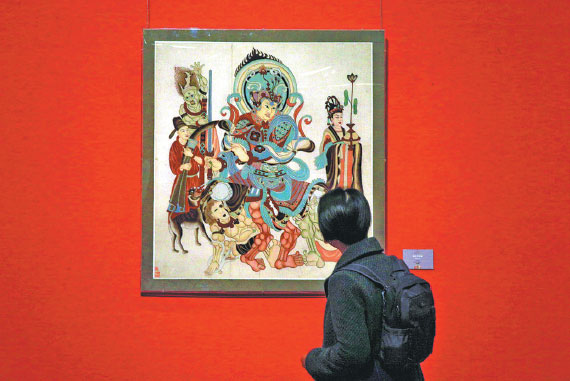
Everlasting Beauty of Dunhuang retraces Chang Shana's lifelong study in Mogao Grottoes. Photo By Jiang Dong / China Daily


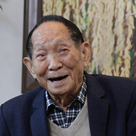

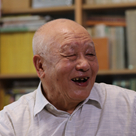
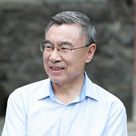
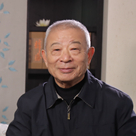
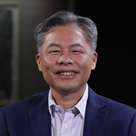
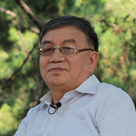
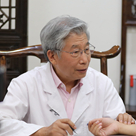
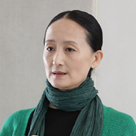
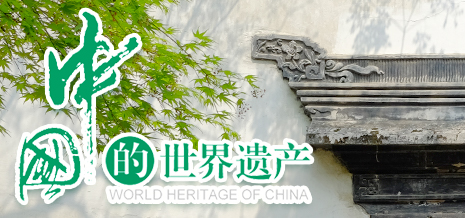 敦煌莫高窟:延續千年的佛教藝術
敦煌莫高窟:延續千年的佛教藝術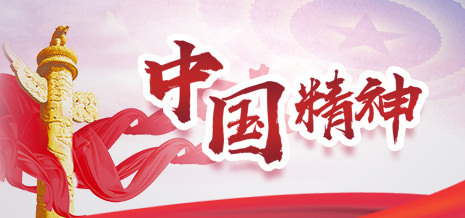 中國精神之工匠精神
中國精神之工匠精神 日本牡丹,花開時節艷無邊
日本牡丹,花開時節艷無邊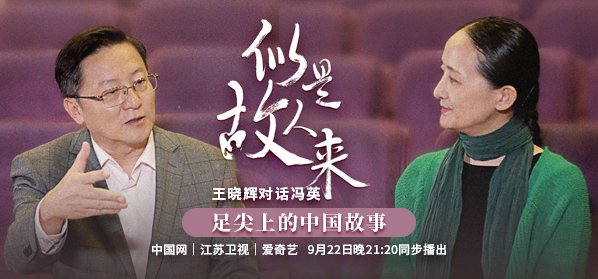 似是故人來
似是故人來